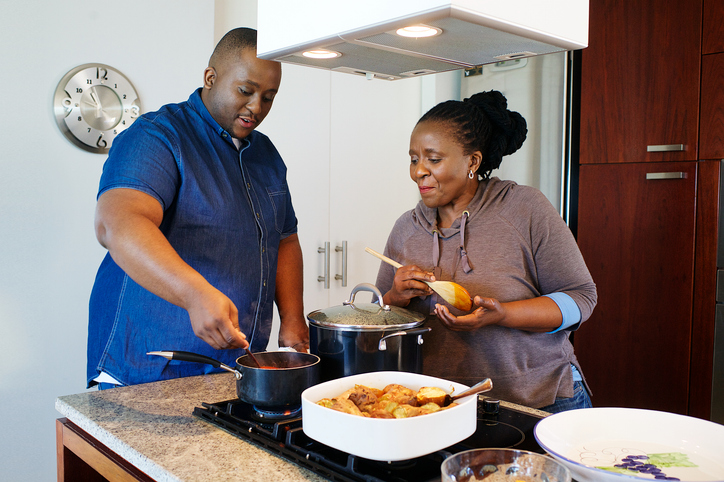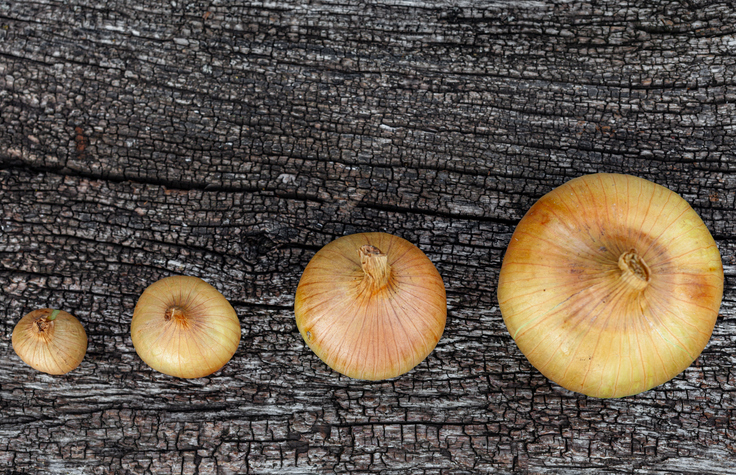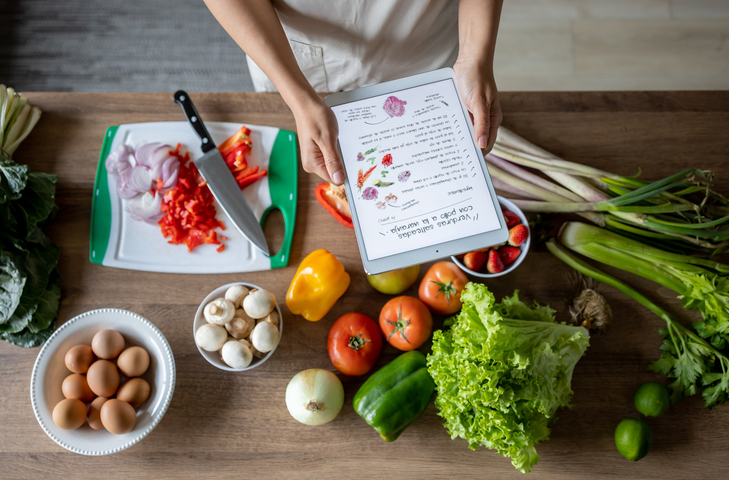Trying a new recipe can fill you with a bunch of emotions—excitement about the newness, anxiety about how it will taste, frustration over the confusing instructions and ingredient amounts. Recipe writers try to keep things clear and consistent, but it often does not feel that way when looking at something brand new. Here are a few ways to simplify a new recipe, or at least some ways to reframe your expectations.
Timing
Sometimes it takes over an hour to cook what appears to be a 20-minute recipe, which can leave both the cook and the eaters frustrated. To try to prevent this, consider adjusting your expectations. Some recipes do not account for prep time, which could include gathering ingredients, chopping vegetables, and mixing sauces or marinades. If it is your first time trying a recipe, give yourself a generous 20-30 minutes to simply prepare beforehand and to learn the recipe.
Cooking may also take slightly longer than is written because your equipment may work differently than the recipe writer’s. Electric and gas stoves often vary in cooking times, and frying pans made with different materials could cook faster or slower than others. Take this into account when preparing your new recipe, and be sure to watch your food for doneness instead of simply relying on the written time. Once you have done a recipe a few times, you may have a better feel for how long it takes. It still might not be the expected 20 minutes, but at least you know how long you need to start prepping before your friends and family get hangry.

Ingredients
Another common frustration with recipes is the list of ingredients. Several recipes may call for the same amount of onion but call it something different—one small onion may equal ½-¾ cup of onion which may equal half of a large onion. Additionally, the terms small and large are not exactly measurable. Here is a handy guide to help figure out what size vegetable to use:
| Vegetable | Diameter (how long at its widest part) | Object to compare |
| Small Onion | 1-2¼ inches | Golf ball (or slightly bigger) |
| Medium Onion | 2-3¼ inches | Baseball or tennis ball |
| Large Onion | 3-4½ inches | Softball |
This chart can be used beyond just onions. Though potatoes are not typically perfectly round, a similar concept can work. You may just need to think outside the box. Ask yourself—If the potato you’re considering was perfectly round, would it compare to a golf ball or baseball?

Purchasing
Some recipes may call for odd amounts of foods, such as half an onion or three full carrots. It may be frustrating to have another half of an onion and a mostly full bag of carrots leftover with no plan. Weekly meal prep may not be realistic for everyone, but you can still use up your leftover ingredients without a solid plan. The Planning Healthy Meals page offers a few ideas, such as chopping and freezing the remaining ingredients, doubling recipes, and knowing how to smartly store produce (hint: do not put your potatoes directly next to onions). If doubling a recipe and over-purchasing worries you, check out the Cooking for One or Two blog post for some ideas to keep meals small and easy to manage. Finally, the Build Your Own Recipe cards are a fun way to creatively use the extra ingredients and anything else you may have on hand.

New recipes can be both fun and intimidating. If you are eager to try something new, explore the MA SNAP-Ed Recipes. There is also always a feature recipe on the home page. Feel free to rate the recipe out of five stars after you try it!
Did you find this blog post helpful? Please click the heart button!




